
Photo: Hans-Jürgen Münzer from Pixabay
The Ministry of Mining and Energy has launched a public debate on the Draft Energy Sector Development Strategy of the Republic of Serbia up to 2040 with Projections up to 2050. The deadline for submissions is August 15.
Energy security, decarbonization and economic competitiveness of the energy sector are the general priorities while coal is expected to be phased out by 2050, according to the Draft Energy Sector Development Strategy of the Republic of Serbia up to 2040 with Projections up to 2050.
Thermal power capacity is seen decreasing by 45% and the capacity of renewable energy facilities is expected to increase by 20 times.
Within the public debate process, three presentations and consultations will be held.
The first is scheduled for tomorrow at the Chamber of Commerce and Industry of Serbia (PKS) in Belgrade. The second will be held at the Niš Regional Chamber of Commerce and Industry, on July 30, and the third at the Novi Sad Regional Chamber of Commerce and Industry, on July 31.
In addition to the draft strategy, the ministry published the Report on the Strategic Environmental Impact Assessment for the Energy Development Strategy of the Republic of Serbia up to 2040 with projections up to 2050.
The international circumstances have completely changed
According to the draft strategy, the global escalation of geopolitical conflicts and war between Russia and Ukraine completely changed the previous international circumstances in the energy sector.
The conditions, relevant in 2015, when the current Energy Sector Development Strategy of the Republic of Serbia up to 2025 with projections up to 2030 was adopted, have significantly changed, the authors pointed out.
The strategy recommends the introduction of carbon pricing
To improve the investment environment, the draft strategy recommends the gradual introduction of carbon pricing as a key financial mechanism for the speed control of the energy transition.
It should discourage the utilization of fossil fuels and inefficient technologies and provide a part of financial sources and incentives for energy efficiency improvement, renewable energy capacity buildup and for aid to local communities in coal regions for providing a just transition, the draft reads.
No coal in households after 2040
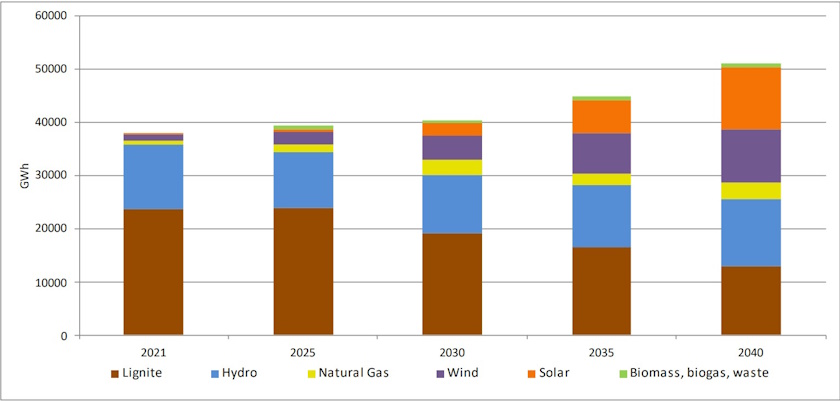
According to the document, beyond 2040 coal should not be used in either households or public or private sectors, including district heating systems.
Remaining coal reserves should be declared strategic, given the uncertainty of the energy transition process to an extent, the draft underlines.
The authors said it is necessary to invest in overburden excavation to enable the quick commencement of coal production in critical situations.
It is necessary to consider the application of carbon capture and storage technologies
The operation of coal plants would be adapted to the current needs for electricity. It means some units will be utilized to their maximum while others will be used less or later switched to reserve, the draft showed.
To align them with decarbonization requirements, it is necessary to consider the capture and storage of carbon dioxide, it reads.
By 2030, coal-fired power plant Kolubara A is slated to be decommissioned while TPP Morava would be either shut down or put in reserve.
The capacity of thermal power plants fueled by coal and natural gas decreases to 2,520 MW by 2040 from the current 4,600 MW.
Renewables share in electricity mix to reach 73% by 2040
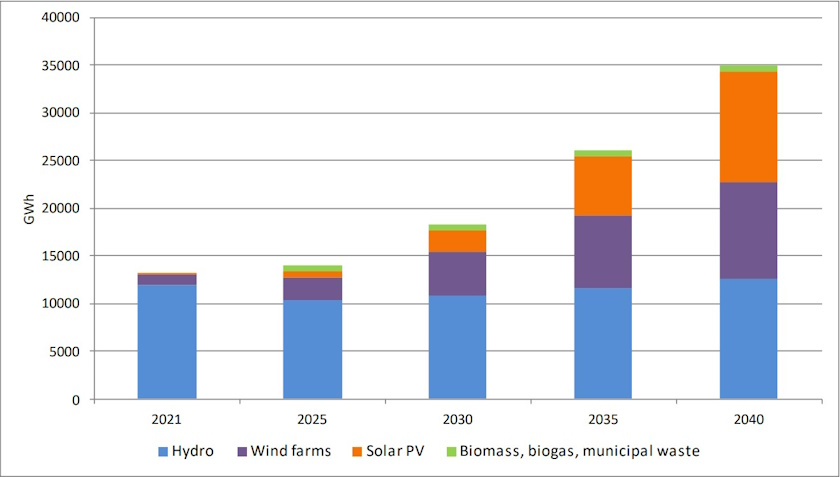
The assumption in the draft is that renewables will participate in electricity production with 45% in 2030 and 73% in 2040, or more.
It means that wind and solar power capacity will increase from 460 MW to 3,500 MW by 2030 and to 11,000 MW by 2040. It translates to gross wind farm capacity of 3,600 MW and 7,400 MW in gross PV capacity.
The basic precondition for the energy transition is the use of renewables, especially wind and solar energy, for electricity production, the draft says.
The Bistrica pumped storage hydropower project is seen coming online by 2032
According to the authors, together with the use of hydropower potential, it is the basis for a gradual decarbonization of the electricity sector and the expected coal phaseout by 2050.
In addition to the existing pumped storage hydropower plant Bajina Bašta, it is necessary to implement the Bistrica project by 2032, while Đerdap 3 should be connected to the transmission network by 2040.
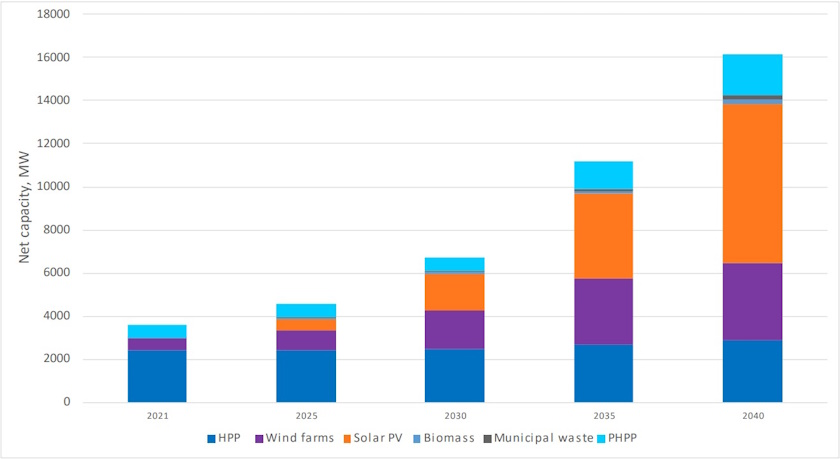
As for gas power plants, the decommissioning of combined heat and power plants Panonske Elektrane is expected, so it is necessary to build new capacities in the Novi Sad area. The planned gas power plant would have a capacity of 350 MW of electricity and 100 MW of heat, the draft reads.
In support of the new facility, unit 2 in the existing CHP Novi Sad of 120 MW will be retained as reserve.
The construction of a gas power plant in the vicinity of Niš is also possible. It would have a capacity of 150 MW for electricity and 100 MW for heat, according to the document.















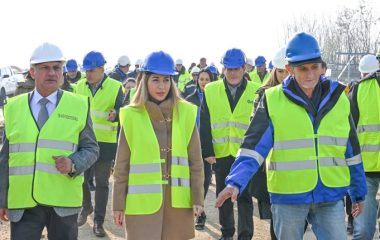
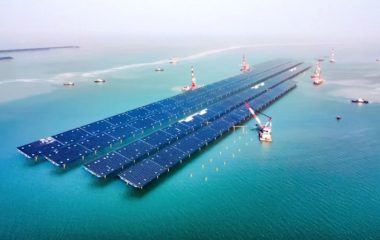
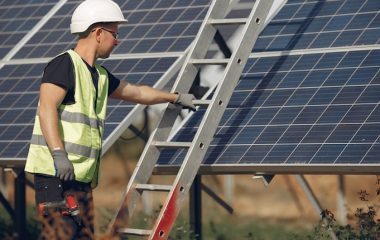
Be the first one to comment on this article.